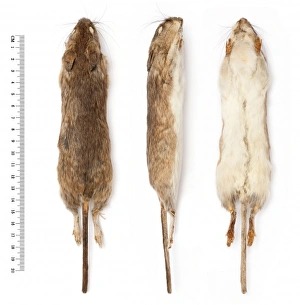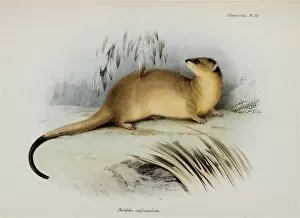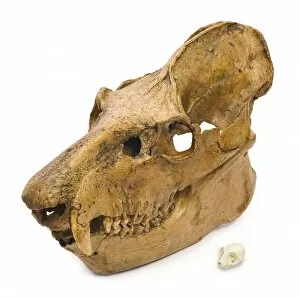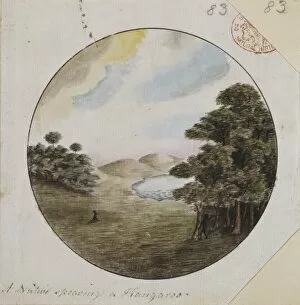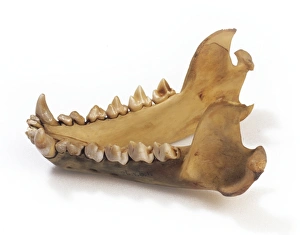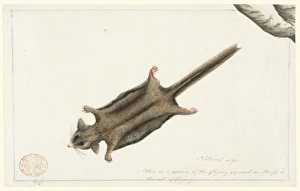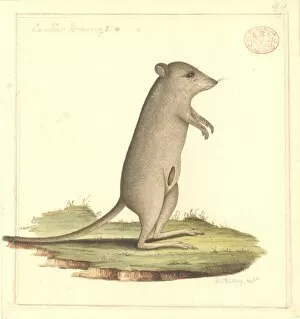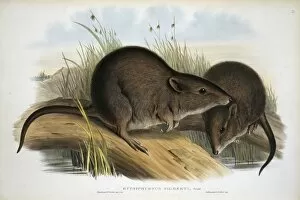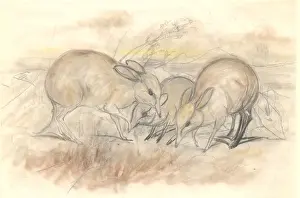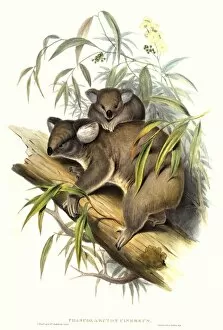Marsupialia Collection (page 3)
Marsupialia, a diverse group of mammals known for their unique reproductive system, encompasses a wide range of fascinating species
All Professionally Made to Order for Quick Shipping
Marsupialia, a diverse group of mammals known for their unique reproductive system, encompasses a wide range of fascinating species. In Monga National Park, New South Wales, the Spotted-tailed quoll (Dasyurus maculatus) leaves its mark through scent marking. These marsupials are not alone in their distinctiveness; even Pterodactyls were once considered as marsupial bats. One such remarkable creature is the Petaurus breviceps ariel, commonly known as the sugar glider. With its ability to glide effortlessly through the air, this small marsupial captivates onlookers with its graceful movements. In Queensland, Australia, a Red-necked pademelon (Thylogale thetis) catches our attention as it carries its joey peeking curiously from its pouch. The bond between mother and offspring is truly heartwarming. Moving further west to Kangaroo Island, we encounter a captivating sight—a group of kangaroos led by Gambier Bolton. These iconic Australian animals symbolize strength and resilience. Venturing into Tasmania reveals another intriguing marsupial—the Sarcophilus laniarius or Tasmanian devil. Despite their fearsome reputation, these creatures play an essential role in maintaining balance within their ecosystem. On Leeuwin-Naturaliste National Park's picturesque landscapes stands a pair of Western grey kangaroos (Macropus fuliginosus). The male stands tall while his female counterpart rests peacefully nearby—a beautiful display of companionship and harmony. A tender moment unfolds in Tasmania when we spot a Tasmanian pademelon (Thylogale billardierii) mother caring for her young one. This nurturing behavior showcases the maternal instincts that define Marsupialia. Meanwhile, at Bonorong Wildlife Sanctuary in Tasmania during October—an ideal time to witness wildlife wonders—we come across an adorable Tasmanian devil (Sarcophilus harrisii).

